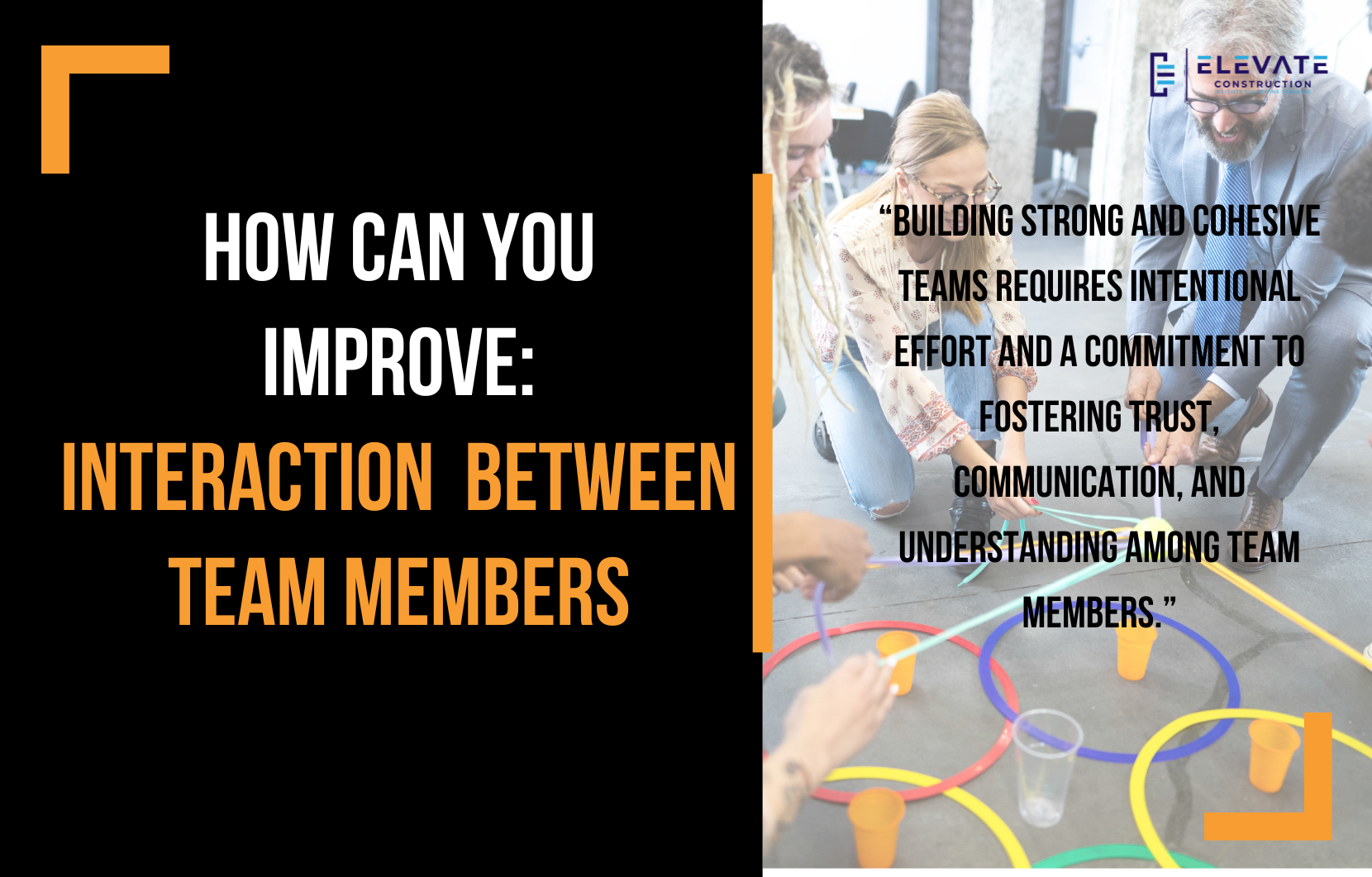In this Blog, we’re going to delve deep into the essential elements of a construction proposal. Not only will we explore what a construction proposal should include, but we’ll also dissect the process and provide insights on how you can excel at it. So, saddle up and let’s dive in!
From learning from professional coaches to witnessing some of the best in action, I’ve honed my skills over the years. Whether you’re a project manager, superintendent, or anyone involved, I’m here to make this process less intimidating and more rewarding for you.
Your team dynamic and how well you connect with them can significantly impact the outcome. Additionally, always ensure that your proposal directly responds to the requirements laid out. Address each question or concern meticulously, as generic responses rarely cut it.
Representative experience is key:
Instead of merely stating capabilities, showcase past projects similar in scale or nature to the one you’re proposing for. Highlighting success stories and satisfied clients adds credibility to your proposal.
Remember, it’s not about showcasing how great your company is; it’s about demonstrating how you can help your client achieve their goals. Adopting the hero’s journey storytelling model, position your client as the hero with a problem, and present yourself as the guide offering a solution.
Now, let’s break down the essential components of a construction proposal:
- Cover Page: Present your proposal professionally with a well-designed cover page.
- Introduction: Have someone significant within your organization introduce the proposal.
- Executive Summary: Concisely outline the scope of work and key points.
- Project Details: Provide a comprehensive overview of the project, demonstrating understanding.
- Timeline or Schedule: Clearly lay out the proposed timeline, addressing any potential challenges.
- Cost Estimate: Present a detailed budget proposal, but emphasize value over cost-cutting.
- Payment Terms and Conditions: Include clear terms and conditions for the project.
- Qualifications and Experience: Showcase your team’s expertise and past successes.
- Solutions to Potential Risks: Address any concerns or risks upfront and offer solutions.
- Call to Action: Encourage the client to take the next step.
Preparing a winning proposal involves a strategic approach:
- Receive the Request: Once you receive the RFQ or RFP, take immediate action.
- Notify Marketing: Rally the team and appoint a lead to coordinate efforts.
- Set a Kickoff Meeting: Gather the proposal team to establish the vision and outline.
- Establish the Vision: Define the core message and align everyone with the proposal’s purpose.
- Create an Outline: Structure the proposal according to the established vision and objectives.
- Collaborate and Plan: Engage in thorough planning, addressing key concerns and offering solutions.
- Integrate Visuals: Utilize visuals and 3D models to enhance the proposal’s presentation.
- Practice and Refine: Rehearse the delivery and ensure a smooth flow of information.
- Review and Finalize: Double-check all components and make necessary revisions before submission.
Conclusion:
Crafting a compelling construction proposal requires meticulous attention to detail, strategic planning, and effective communication. By understanding the client’s needs, showcasing your expertise, and offering tailored solutions, you can significantly increase your chances of success.
Remember, it’s not just about winning a project; it’s about building lasting relationships and delivering value to your clients. So, go ahead, embrace the challenge, and craft your next winning proposal with confidence!
If you want to learn more we have:
-Takt Virtual Training: (Click here)
-Check out our Youtube channel for more info: (Click here)
-Listen to the Elevate Construction podcast: (Click here)
-Check out our training programs and certifications: (Click here)
-The Takt Book: (Click here)
Discover Jason’s Expertise:
Meet Jason Schroeder, the driving force behind Elevate Construction IST. As the company’s owner and principal consultant, he’s dedicated to taking construction to new heights. With a wealth of industry experience, he’s crafted the Field Engineer Boot Camp and Superintendent Boot Camp – intensive training programs engineered to cultivate top-tier leaders capable of steering their teams towards success. Jason’s vision? To expand his training initiatives across the nation, empowering construction firms to soar to unprecedented levels of excellence.
On we go!







